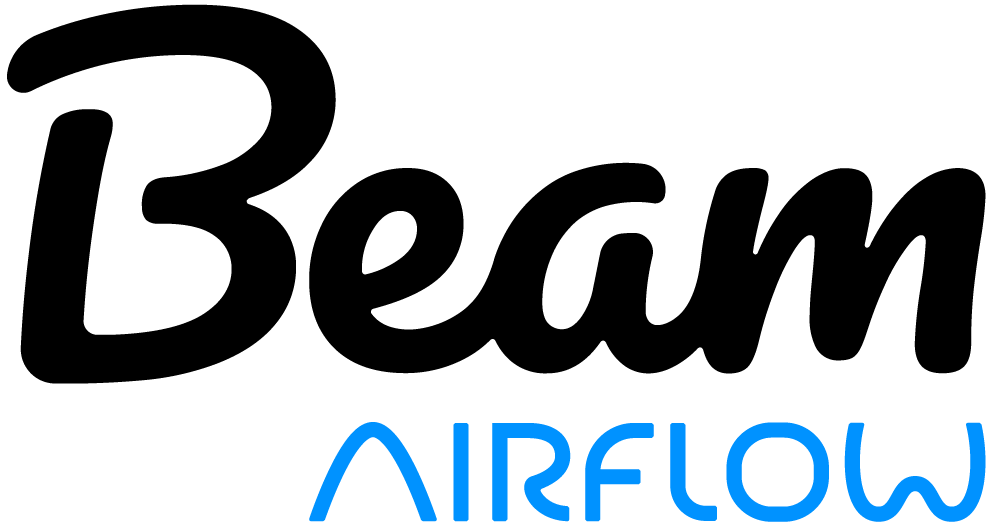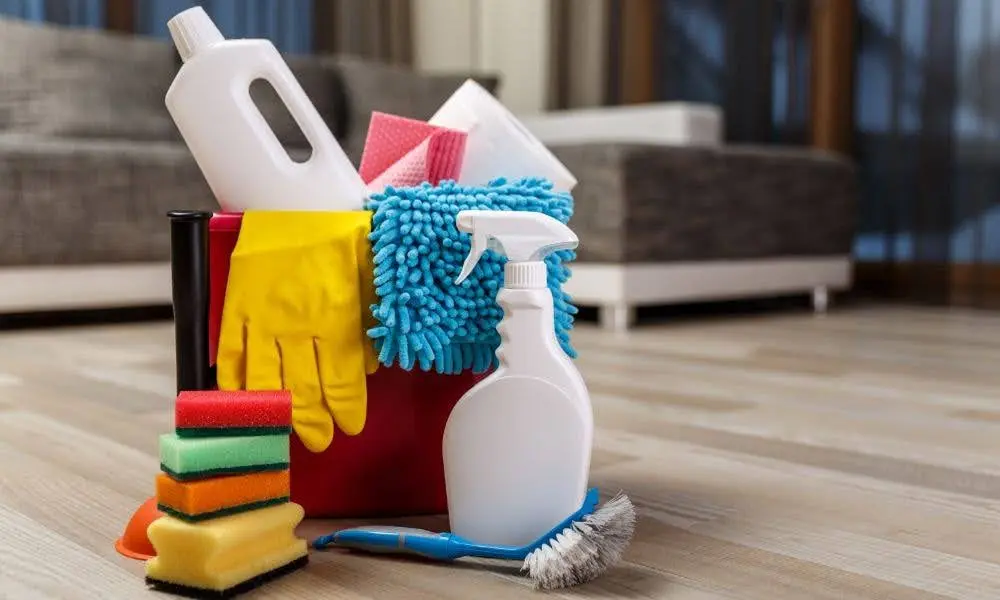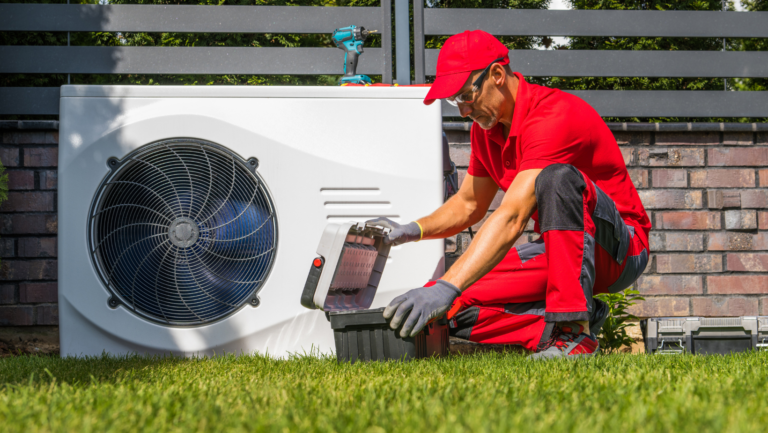What Chemicals Do I Use To Clean Mold From HVAC Evaporator Coils
Ever noticed a musty smell when you turn on the air conditioner? That could be mold lurking in your HVAC system. Mold growth on HVAC evaporator coils isn’t just a minor inconvenience, it can seriously affect the air quality in your home and the efficiency of your HVAC system. Regular maintenance is key to keeping mold at bay and ensuring your system runs smoothly. Without proper care, mold can thrive in your HVAC system’s moist, dark environment, leading to health risks such as allergies, respiratory issues, and other serious health problems.
Ignoring mold in your HVAC system can turn a small issue into a big headache. The evaporator coils are prime spots for mold growth due to the constant condensation that forms on them. Regular maintenance helps to maintain air quality, keep your system running efficiently, save you money on energy bills, and prevent costly repairs down the line.
Identifying Mold on HVAC Evaporator Coils
Spotting mold on your HVAC evaporator coils can be tricky, but certain signs can help. A musty or earthy odor when the system runs is a classic indicator. Increased allergy-like symptoms among household members, such as sneezing, coughing, or itchy eyes, might also suggest mold. Visible mold growth with black, white, or greenish patches on the coils, clearly signals action is needed.
Mold on evaporator coils hinders heat exchange, forcing the system to work harder and increasing energy bills, wear and tear, and potentially shortening the system’s lifespan. Severe mold can cause blockages, further reducing efficiency and comfort. For a thorough inspection, use a flashlight to spot hidden mold, a screwdriver to access the coils, and a mirror or digital camera for visibility in tight spaces. A moisture meter can help detect high humidity levels that promote mold growth.
Types of Chemicals for Cleaning Mold
When it comes to cleaning mold from evaporator coils, you have several chemical options. Biocides are strong chemicals that kill mold and other microorganisms on contact, making them perfect for serious mold infestations. However, due to their potency, they need to be handled carefully. Enzyme-based cleaners offer a more natural solution, using enzymes to break down mold spores and organic matter.
Foaming coil cleaners expand into a thick foam that penetrates deep into the coils, effectively lifting away dirt, debris, and mold. They’re easy to use and perfect for routine upkeep. Disinfectants and sanitizers kill a wide range of pathogens and help prevent mold regrowth, making them essential for maintaining a healthy indoor environment after cleaning.
Chemical Application Methods
Applying the right chemicals to clean mold from air conditioner coils is essential for effectiveness. If you’re gearing up to tackle the mold problem—choosing the right application method can make a huge difference in how well the job gets done. Here are the most common methods, each with its own advantages:
- Spray Bottle Method: Perfect for small areas or spot treatments. Simply fill a spray bottle with the cleaning solution and apply it directly to the affected areas.
- Foam Cannon Method: Ideal for comprehensive coverage. A foam cannon attaches to a pressure washer, dispersing a thick layer of foam that penetrates deeply into the coils.
- Pump Sprayer Method: Great for larger areas. A pump sprayer allows for even distribution of the cleaning solution over a wide surface area, ensuring thorough cleaning.
- Soaking Method: Best for heavily soiled coils. This method involves soaking the coils in the cleaning solution for an extended period, allowing the chemicals to break down stubborn mold and debris effectively.
Safety Precautions When Using Chemicals
When cleaning molds, always prioritize safety. Wear personal protective equipment (PPE) like gloves, safety goggles, and a mask to shield yourself from harmful chemicals and mold spores. Ensure proper ventilation by opening windows and using fans to disperse fumes. Handle chemicals carefully, following manufacturer instructions, and store them in a cool, dry place out of reach of children and pets. Dispose of chemical waste responsibly, adhering to local regulations to protect both your health and the environment.
Step-by-Step Cleaning Process
When preparing the air conditioning unit or HVAC system for cleaning, turn off the HVAC system and disconnect the power to ensure safety. This prevents any accidental electrical issues during the cleaning process.
Next, remove the access panel to reach the evaporator coils. This might require a screwdriver. Make sure the area is well-lit so you can see the coils clearly.
Application of Chemicals
Depending on your chosen method, you can apply the cleaning chemicals in different ways:
- Spray Application: Fill a spray bottle with the cleaning solution and spray it directly onto the moldy areas of the coils.
- Foam Application: Use a foam cannon or a foaming coil cleaner to cover the coils with a thick layer of foam. Let the foam sit for the recommended time to penetrate and break down the mold.
- Soak Application: For heavy mold buildup, you might need to soak the coils. Apply the cleaning solution generously and let it sit longer to ensure deep cleaning.
Rinsing and Drying the Coils
After the chemicals have worked, rinse the coils thoroughly with water to remove any residue. Dry the coils completely before reassembling the system to prevent moisture buildup, which can lead to future mold growth.
Reassembling the HVAC System
Once the coils are clean and dry, reattach the access panel and restore power to the HVAC system. Turn it on to ensure everything is functioning correctly. Regular maintenance and cleaning can keep your system running efficiently and mold-free.
Natural and Eco-friendly Alternatives
Natural and eco-friendly alternatives can effectively clean mold from HVAC evaporator coils for those looking to avoid harsh chemicals. A vinegar and baking soda solution works wonders—just mix, spray on the moldy areas, let it sit, and rinse thoroughly. Hydrogen peroxide is another excellent mold killer; apply it directly to the coils, wait for it to bubble, and break down the mold, then rinse and dry the area.
Essential oils like tea tree, eucalyptus, and lavender, mixed with water, can create a natural mold cleaner—spray this mixture on the coils and let it work its magic. Many commercial eco-friendly cleaners are available that are both effective and environmentally safe. Look for products specifically designed for HVAC systems to ensure thorough and safe cleaning.
Preventive Measures to Avoid Mold Growth
Keeping mold at bay in your HVAC system ensures better air quality and optimal performance. Start with a regular maintenance schedule to inspect and clean the system, catching any potential mold issues early. UV lights can make a huge difference; they kill mold spores and bacteria, preventing them from taking root on the coils. Good ventilation throughout your home is also essential as proper airflow reduces moisture levels that mold loves. Controlling humidity within your HVAC system, perhaps with a dehumidifier or by tweaking your thermostat settings, further discourages mold growth.
Professional vs. DIY Cleaning
If your air conditioner unit has extensive mold buildup, it might be time to call in a professional. A duct cleaning company has specialized equipment and expertise to handle severe mold infestations, ensuring a thorough job. If you’re uncomfortable using chemical cleaners or don’t have the time for a detailed cleaning, a professional service is the best mold removal solution.
Cost Comparison: DIY vs. Professional Cleaning
DIY cleaning can be more cost-effective initially, as you’ll only need to purchase the necessary supplies. However, if the mold problem is severe, repeated DIY attempts might cost more than a one-time professional cleaning. A duct cleaning company may charge more upfront, but their comprehensive service can save you money in the long run by preventing mold recurrence and extending the life of your air conditioner unit.
Pros and Cons of Professional Cleaning Services
Hiring a professional duct cleaning company has its benefits and drawbacks. Professionals offer a thorough and effective mold removal solution using advanced equipment and cleaners, saving you time and effort. They can also spot and fix other potential issues in your HVAC system, ensuring your air conditioner unit runs smoothly. However, professional services come with a higher initial cost compared to DIY methods, and you’ll need to schedule an appointment, which might not be as convenient as handling the problem yourself.
Common Mistakes to Avoid
Don’t let simple errors sabotage your HVAC cleaning efforts! Using incorrect chemicals can damage the coils or fail to remove mold effectively. Ignoring safety protocols, such as not wearing protective gear or ensuring proper ventilation, can expose you to harmful chemicals and mold spores. An incomplete cleaning process, where mold is only partially removed, can lead to rapid regrowth and persistent problems. Lastly, overlooking regular maintenance allows mold to reestablish itself, making future cleanings more difficult and less effective.
Troubleshooting Common Issues
Frustrated with lingering problems after cleaning your HVAC coils?
Persistent mold after cleaning might indicate that some areas were missed or that the mold has penetrated deeper than expected—try a more thorough application or a different cleaning method.
Chemical residue on coils can reduce system efficiency; ensure you rinse thoroughly after applying any cleaner.
If you’ve noticed damage to the coils from harsh chemicals, it might be time to switch to gentle yet effective alternatives like enzyme-based cleaners or consult a professional.
Summary
Long-term maintenance is essential for keeping your HVAC system mold-free and efficient. Regular inspections help catch mold early before it becomes a significant issue. Make it a habit to schedule routine checks to clean and service your HVAC system, especially the evaporator coils. Using UV lights can help by killing mold spores and bacteria, preventing them from settling on the coils.
Proper ventilation throughout your home reduces moisture levels, making it harder for mold to thrive. Managing humidity within your HVAC system is important. Use dehumidifiers and maintain optimal thermostat settings to prevent excess moisture buildup. Following these maintenance practices will keep your HVAC system clean, efficient, and mold-free.










